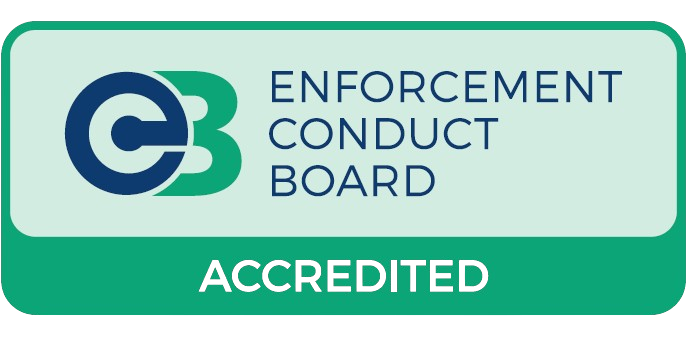1) What counts as an “abandoned” vehicle?
There is no single statutory definition. Councils assess indicators such as no keeper details, no tax/MOT/insurance, significant damage, or being left in the same place for a long time. Ultimately, the authority decides if it’s abandoned for their powers to apply.
Councils and national park authorities have a duty to remove abandoned vehicles from land in the open air (including private land) and roads. On occupied private land they must give the landowner/occupier 15 days’ notice of removal, cannot charge the occupier, and cannot remove if the occupier objects during the notice period.



